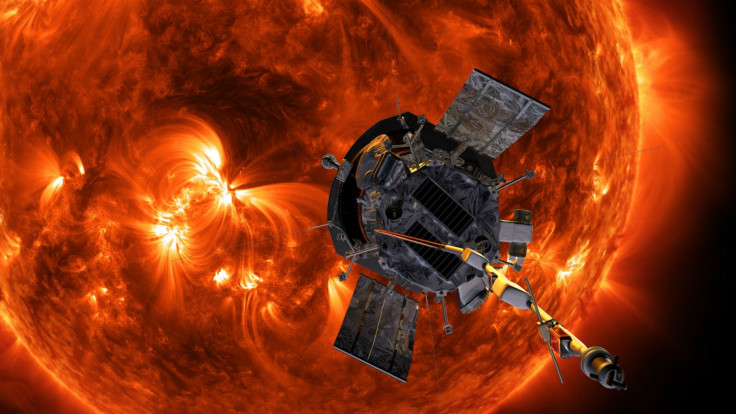Parker Solar Probe Aims To Catch A Solar Flare In Action
KEY POINTS
- The Sun was at a solar minimum of its 11-year cycle when the program was launched
- The Sun is now approaching the solar maximum of its cycle scheduled for 2025
- This increases the chances of the Parker Solar Probe encountering solar flares in its path
NASA's ambitious program, the Parker Solar Probe, is ready to catch a solar flare or a coronal mass ejection in action, and doing so will make it the first spacecraft to deliver such a feat.
The Parker Solar Probe was launched on August 12, 2018. Its selling point was its aim to "touch" the sun. Four years later, it has a new mission to accomplish: It wants to purposely catch a solar flare in its path.
NASA has instilled confidence in the probe's ability to withstand such precarious situations.
NASA spacecraft hopes to catch a solar flare as it zips past the sun https://t.co/xPekKWOB9a pic.twitter.com/lI4kmnP1aQ
— SPACE.com (@SPACEdotcom) September 6, 2022
"Parker Solar Probe is built to withstand whatever the Sun can throw at it," Doug Rodgers, Johns Hopkins Applied Physics Laboratory's (APL) science operations center coordinator for the mission, said, according to a NASA blog post. "Every orbit is different, but the mission is a well-oiled machine at this point."
When the solar probe was launched, the sun was at a solar minimum of its 11-year cycle. Things are different now. The sun is approaching the solar maximum of its cycle scheduled for 2025 — a period of increased solar activity around the sun. This increases the chances of the Parker Solar Probe encountering solar flares in its orbit around the Sun.
"The Sun has changed completely since we launched Parker Solar Probe during solar minimum when it was very quiet," Nour Raouafi, Parker Solar Probe project scientist at APL, said, as per the blog post. "When the Sun changes, it also changes the environment around it. The activity at this time is way higher than we expected."
Although the solar maximum is another three years away, solar activity has already surpassed predictions for Solar Cycle 25. Presently, a spot about the size of the Earth has developed on the Sun following multiple solar flares and geomagnetic storms in recent days.
Since its launch, the solar probe has completed 13 perihelions or close encounters with the Sun. The latest perihelion took place Tuesday. The probe, as advertised, is just 5.3 million miles from the Sun during a perihelion, which is equivalent to touching the Sun on cosmic scales.
"Nobody has ever flown through a solar event so close to the Sun before," Raouafi added. "The data would be totally new, and we would definitely learn a lot from it."
The Parker Solar Probe will have a companion observing the Sun at the same time in the form of the Solar Orbiter, a joint project between NASA and the European Space Agency. However, the Solar Orbiter will record its observations from a distance of 58.5 million miles away from the Sun.
"By combining the data from multiple space missions and even ground observatories, we can understand the bigger picture," Raouafi said further. "In this case, with both Parker and Solar Orbiter observing the Sun from different distances, we will be able to study the evolution of the solar wind, gathering data as it passes one spacecraft and then the other."

© Copyright IBTimes 2024. All rights reserved.





















